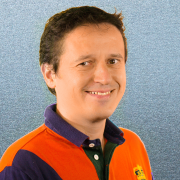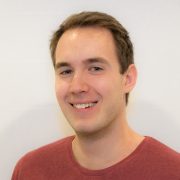Abstract: Video accounts for the vast majority of today’s internet traffic and video coding is vital for efficient distribution towards the end-user. Software- or/and cloud-based video coding is becoming more and more attractive, specifically with the plethora of video codecs available right now (e.g., AVC, HEVC, VVC, VP9, AV1, etc.) which is also supported by the latest Bitmovin Video Developer Report 2020. Thus, improvements in video coding enabling efficient adaptive video streaming is a requirement for current and future video services. HTTP Adaptive Streaming (HAS) is now mainstream due to its simplicity, reliability, and standard support (e.g., MPEG-DASH). For HAS, the video is usually encoded in multiple versions (i.e., representations) of different resolutions, bitrates, codecs, etc. and each representation is divided into chunks (i.e., segments) of equal length (e.g., 2-10 sec) to enable dynamic, adaptive switching during streaming based on the user’s context conditions (e.g., network conditions, device characteristics, user preferences). In this context, most scientific papers in the literature target various improvements which are evaluated based on open, standard test sequences. We argue that optimizing video encoding for large scale HAS deployments is the next step in order to improve the Quality of Experience (QoE), while optimizing costs.
Session organizers: Christian Timmerer (Bitmovin, Austria), Mohammad Ghanbari (University of Essex, UK), and Alex Giladi (Comcast, USA).
Picture Coding Symposium (PCS) at 29 June to 2 July 2021, UK
Link: https://pcs2021.org










